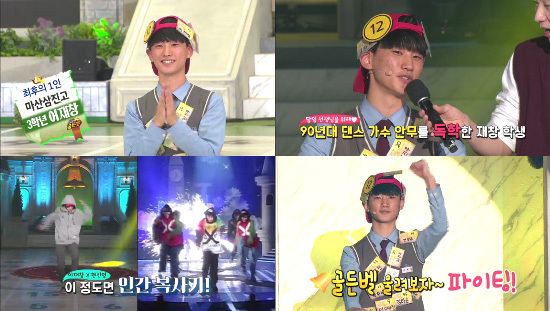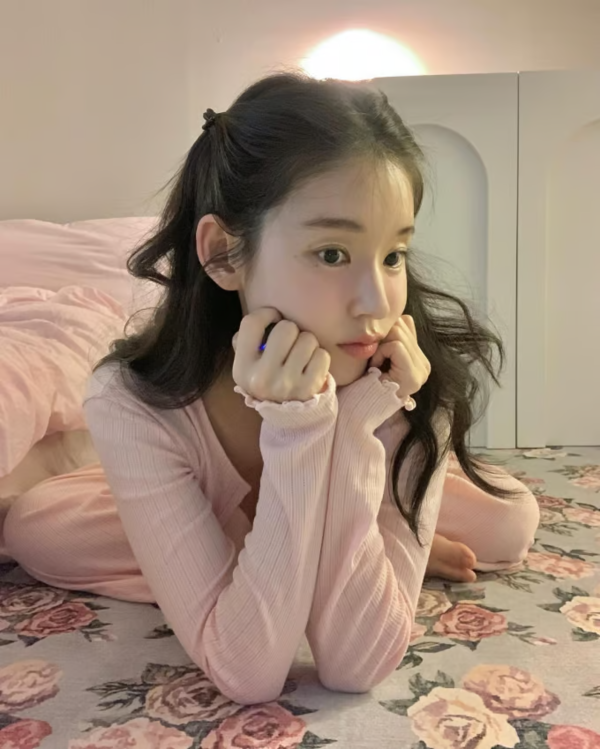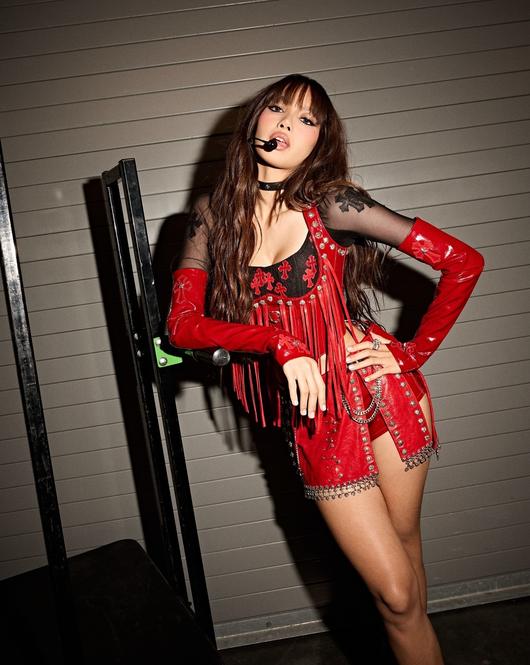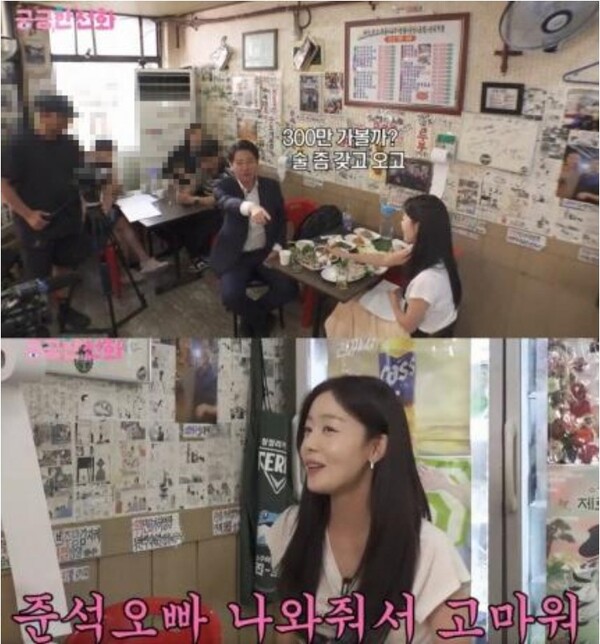
What is an unpleasant valley? ... Challenging Golden Bell, Masan Samjingo Lee Jaechang Student Golden Bell!
2019-10-27 23:31:12

In the challenging Golden Bell, an unpleasant valley emerges as a problem and netizens are drawing attention.
The Challenge Golden Bell, which aired on October 27, was held at Masan Samjin High School located in Changwon, Gyeongnam.
The last issue of the day, the Golden Bell problem, was the problem of 'unpleasant valley', the last one of the students Lee Jae-chang, the correct answer rang the golden bell.
The unpleasant valley is the theory that when humans see non-human beings, the more they resemble human beings, the higher their affinity, but when they reach a certain level, they feel unpleasant.
When a human sees a non-human being such as a robot, the higher the similarity between the human and the human, the higher the crush. However, when a certain level is reached, it is rather unpleasant.
It is also called 'Uncany Valley' in English.
The theory introduced by Japanese robot engineer Mori Masahiro in 1970, where the concept of uncanny was first used by German psychiatrist Ernst Yanch in 1906.
This' discomfort 'means doubting whether' the one who seems to be alive is really alive 'or whether the being that is not alive is actually alive.'
According to Mori, humans are more likely to have a robot that looks more like a human.
It is because humanity is found from non-human beings.
But when that level reaches a certain level, you suddenly feel rejected.
In this case, rather than human beings, other imperfections are highlighted and feel 'weird'.
But if you're a lot like a human being, it's hard to tell beyond that level.
When a graph of a suddenly rising and rising likelihood section is graphed, it is called the 'nasty valley' theory because it is deeply valley-shaped.
Unpleasant valley theory can be applied not only to robots, but also to the discomfort of seeing overly human-like dolls, 3D animation, clowns and zombies.



![[SBS Cool Neighborhood 2] MC Han Hye-jin finds her ideal type?!](https://kroamer.com/upload/trending/thumb-XjZ1726214517944_600x1350.jpg)

![[Live Happy Dream Lotto 6/45] - <Musical actor Kai, who shares through music and culture, appears as the golden hand of ‘Live Happy Dream Lotto 6/45’>](https://kroamer.com/upload/trending/20240912135642_0.png)


